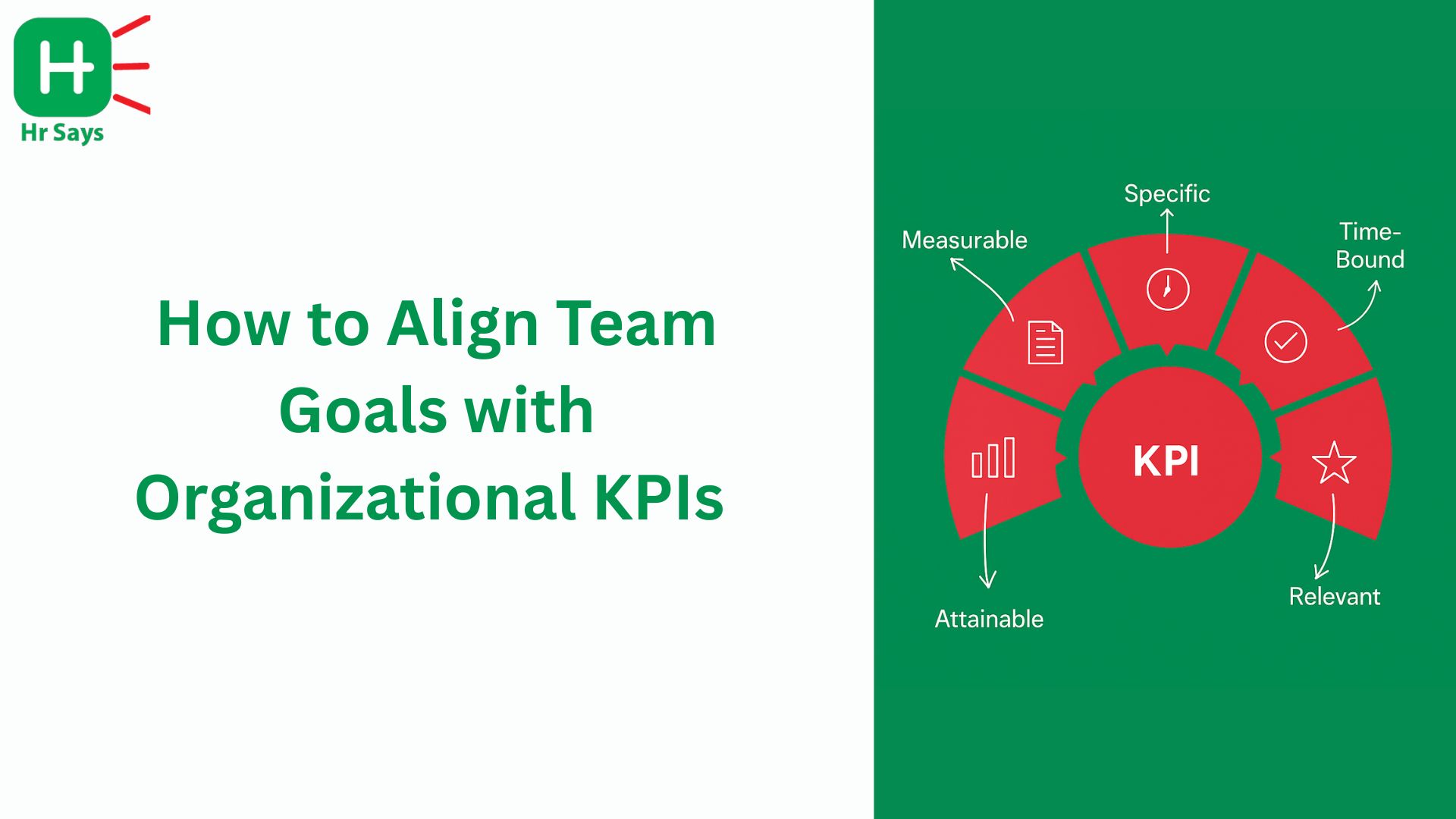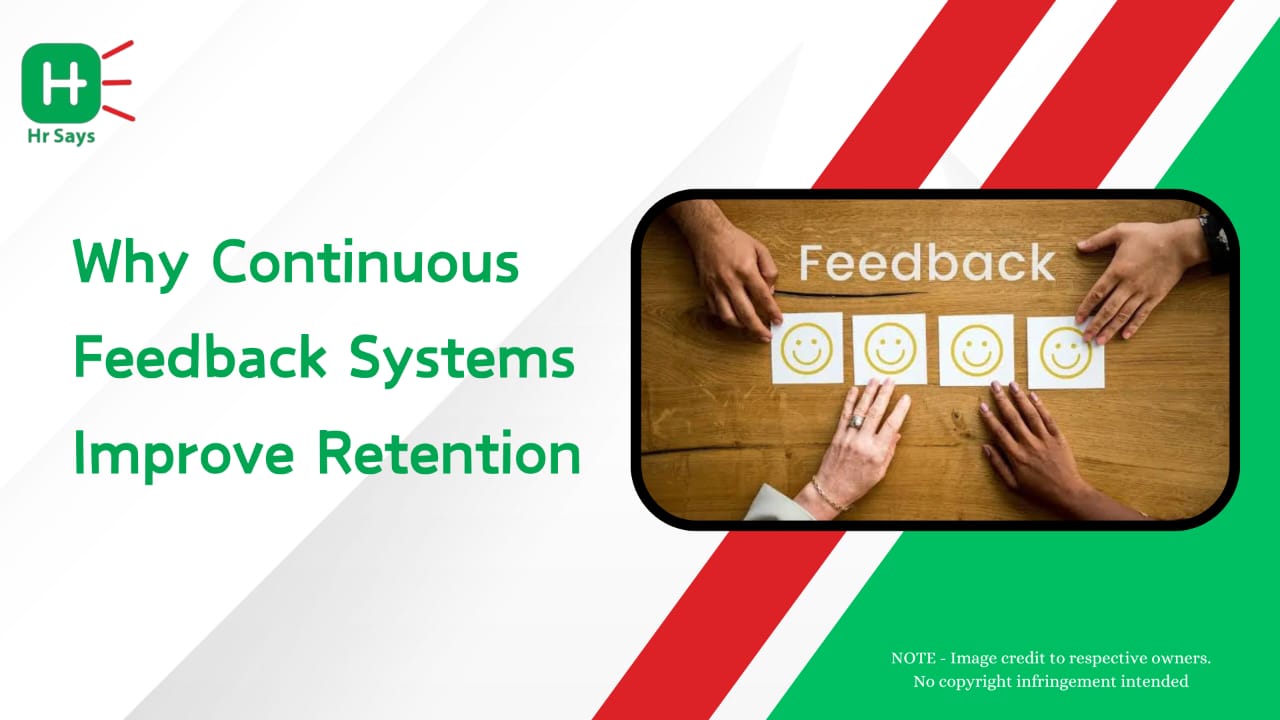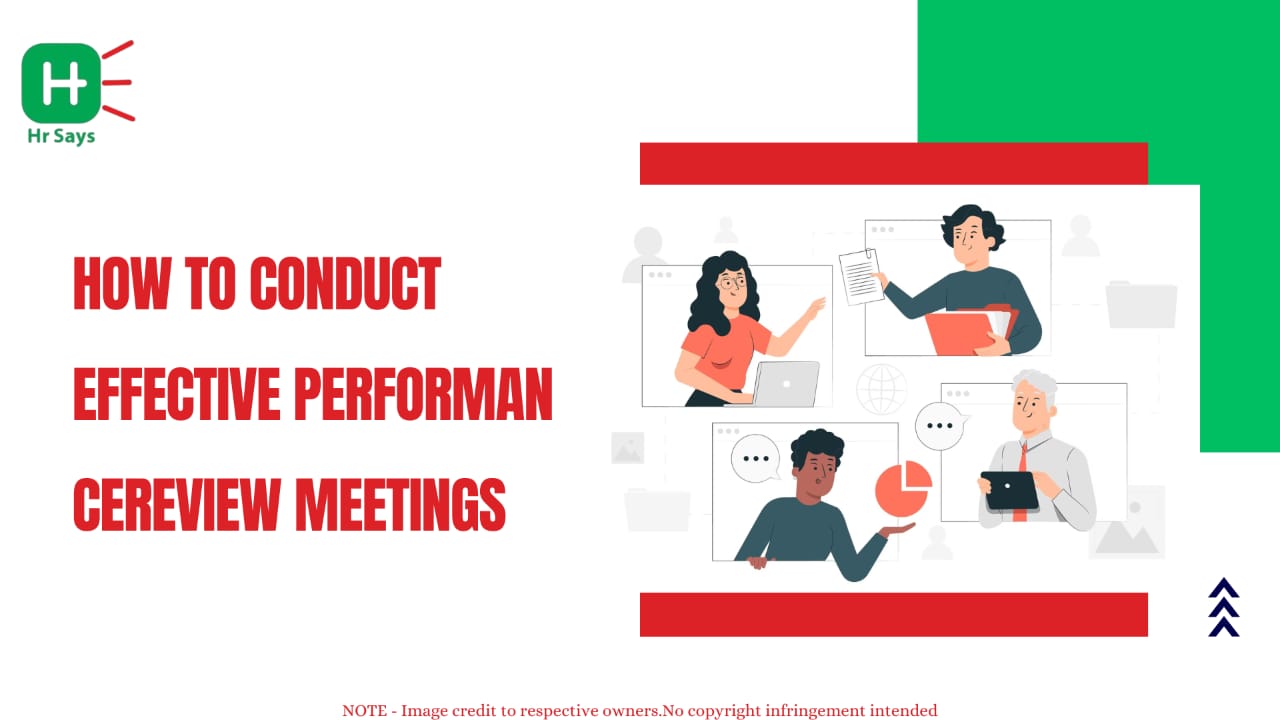How does an HR professional change beyond enforcing policies and human beings to defining the path of a company? The road to becoming a boardroom leader is not usually easy when one is the HR manager. It is laid down on credibility, influence and capability of matching human capital to business objectives.
The shifting role of HR in leadership
The concept of human resources is no longer restricted to human resources payroll, compliance, or human resource relations. Today, HR leaders are supposed to serve as strategic partners. Its influence goes to the workforce planning, talent strategy, and organization culture. We are seeing growth in the HR boardroom to realise that it is not a support role but a growth driver.
Building influence beyond HR walls
For HR managers aiming at boardroom positions, influence becomes key. Policies alone do not win a seat at the table. It comes from building trust and demonstrating business acumen. When HR decisions are linked directly to profitability, productivity, and innovation, leaders start noticing.
● Translate HR metrics into business outcomes
● Connect talent decisions with market competitiveness
● Show cost efficiency in workforce planning
These steps create visibility and reinforce HR’s role in driving results.
Developing the strategic mindset
A move to the board requires thinking beyond people management. HR leaders must grasp financial data, market trends, and risk management. Without this lens, their voice in the boardroom risks being overlooked. The ability to balance employee wellbeing with organizational profitability defines their strength.
Expanding expertise
Knowledge in corporate governance, digital transformation, and change management often sets HR leaders apart. Upskilling is no longer optional. Continuous learning shows readiness to take on responsibilities beyond HR functions.
Overcoming barriers along the way
The journey is not free of challenges. HR managers often face stereotypes of being “people-focused but not business-savvy.” Breaking this perception demands resilience. By demonstrating measurable impact on the bottom line, such barriers start to fade.
Common roadblocks faced
● Limited exposure to financial decision-making
● Perception of HR as administrative
● Lack of networking within senior leadership circles
Overcoming these requires consistent effort in visibility and credibility.
From HR manager to trusted advisor
The transition is complete when HR leaders are no longer viewed as support but as advisors shaping corporate destiny. Their insights into workforce behavior, culture shifts, and talent trends bring perspectives that other board members may lack. HR in the boardroom ensures people strategies remain central to long-term growth.
Conclusion
The rise of HR professionals to the boardroom is changing corporate leadership. Those who balance empathy with strategy, and culture with performance, are becoming valuable assets at the highest level. The barriers are real, but they are not unbreakable.
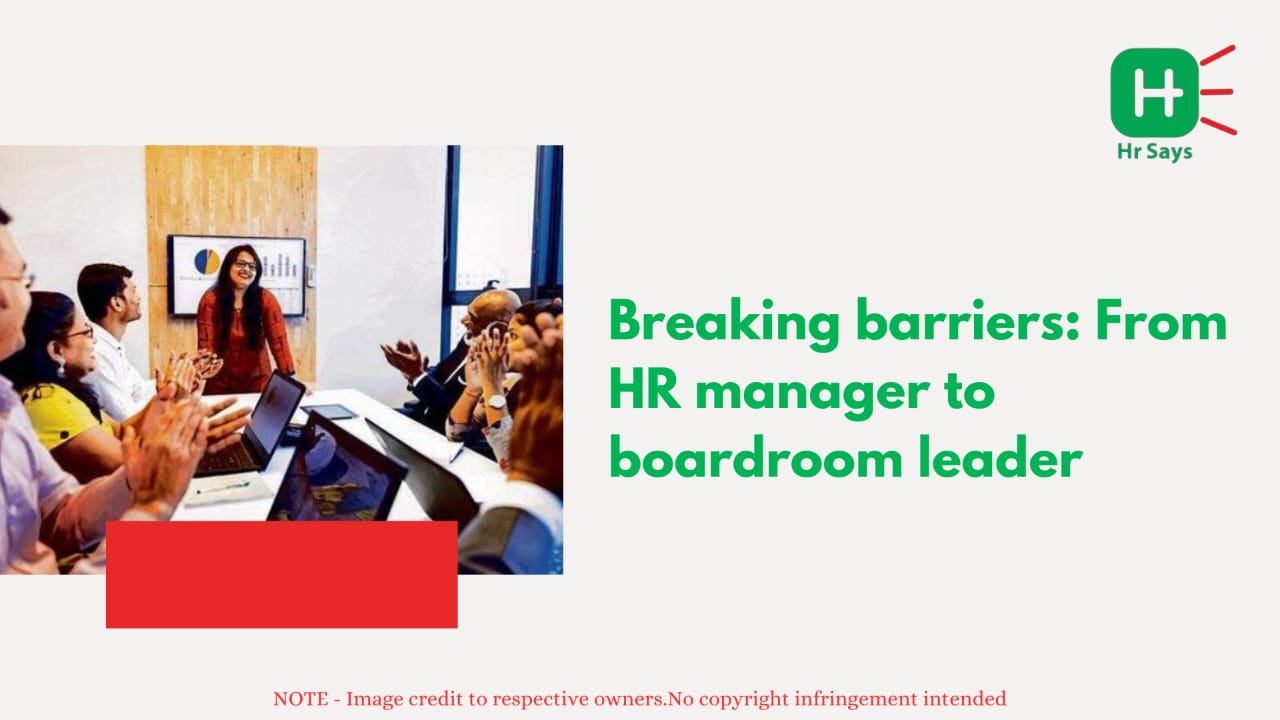
 The path from HR manager to boardroom leader requires influence, strategy, and resilience. By aligning people practices with business goals, HR professionals gain credibility and authority, breaking long-held barriers and shaping organizational direction at the top.
The path from HR manager to boardroom leader requires influence, strategy, and resilience. By aligning people practices with business goals, HR professionals gain credibility and authority, breaking long-held barriers and shaping organizational direction at the top.




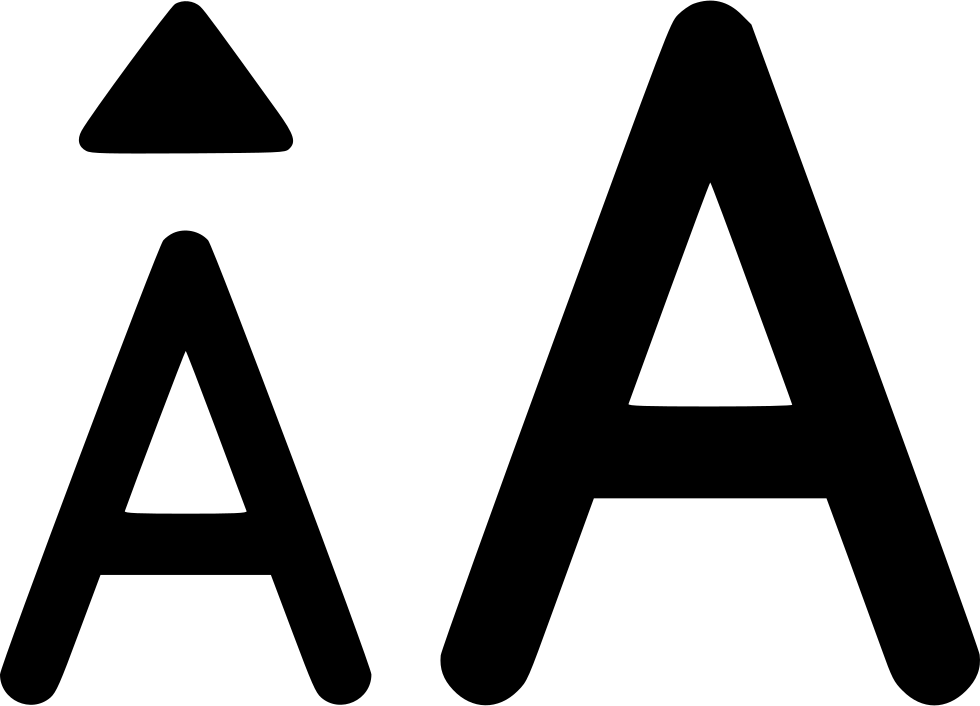



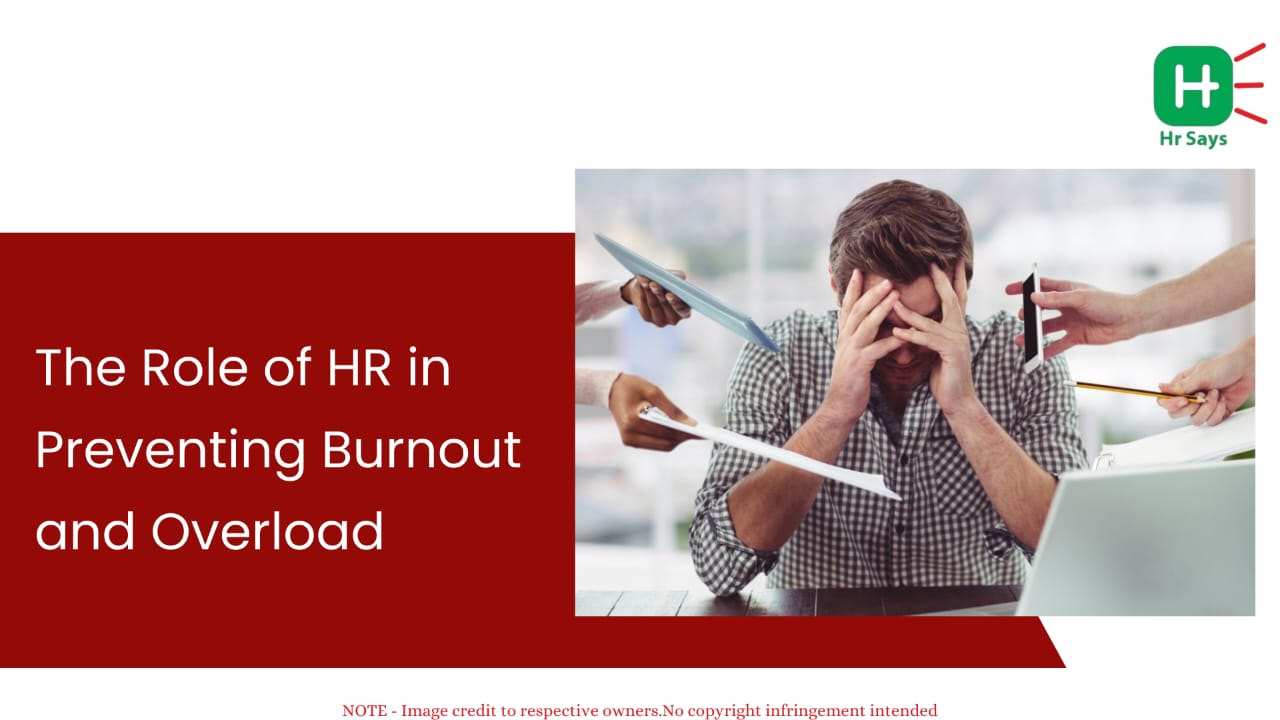


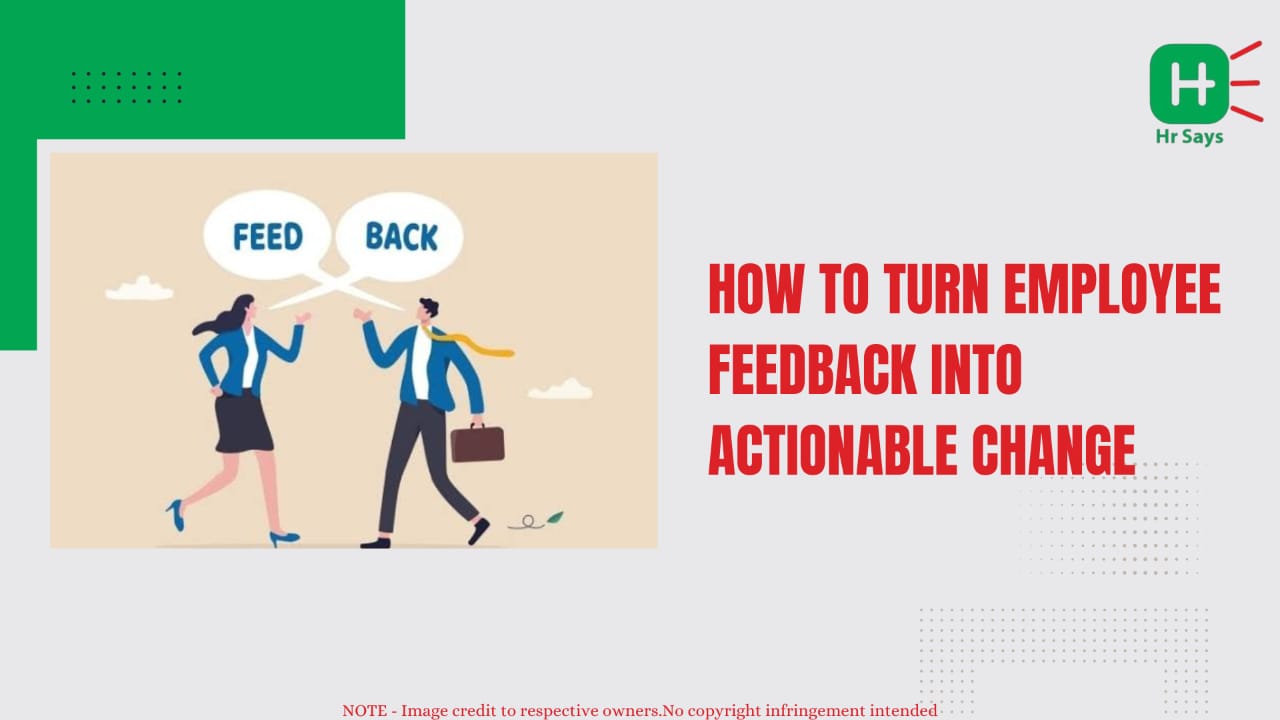
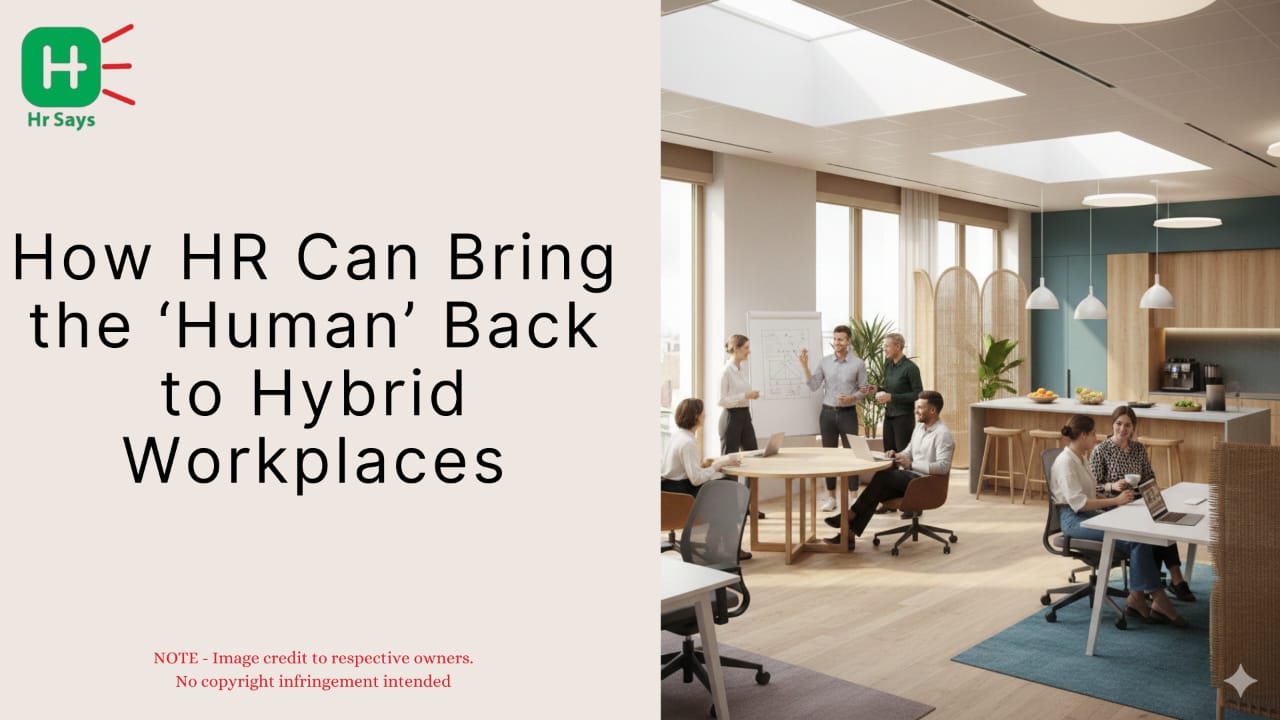
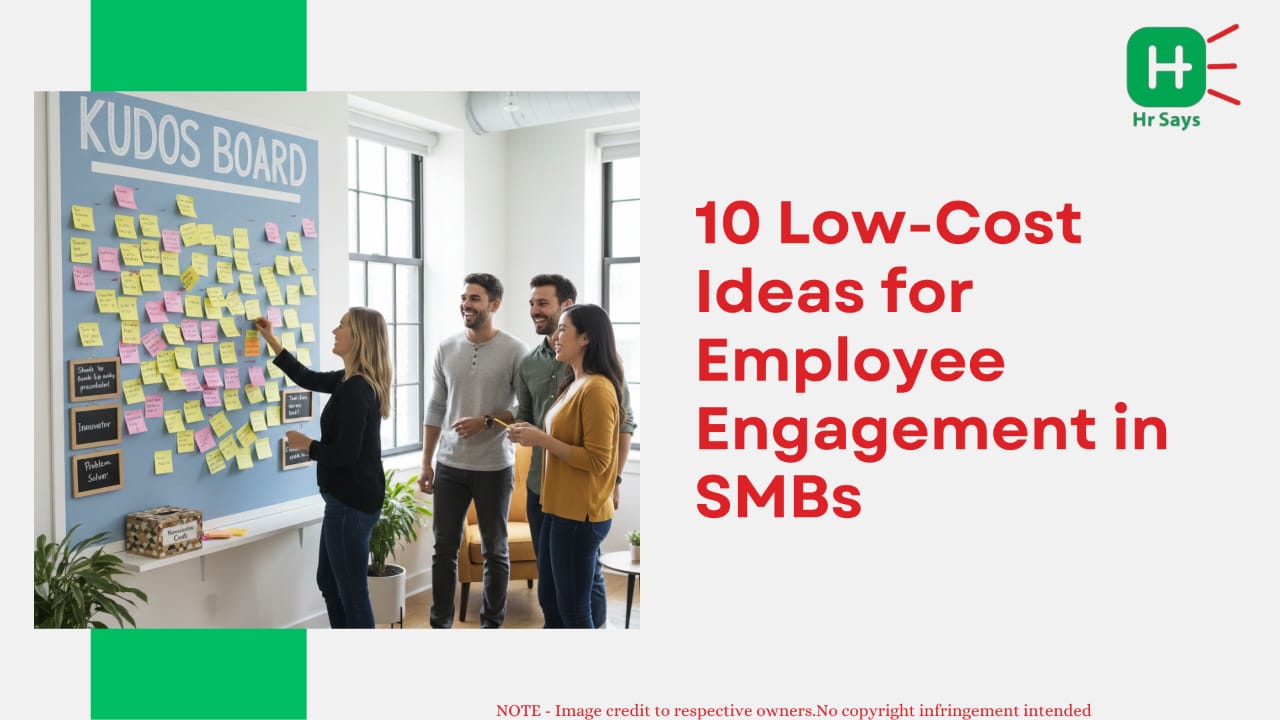
.jpeg)
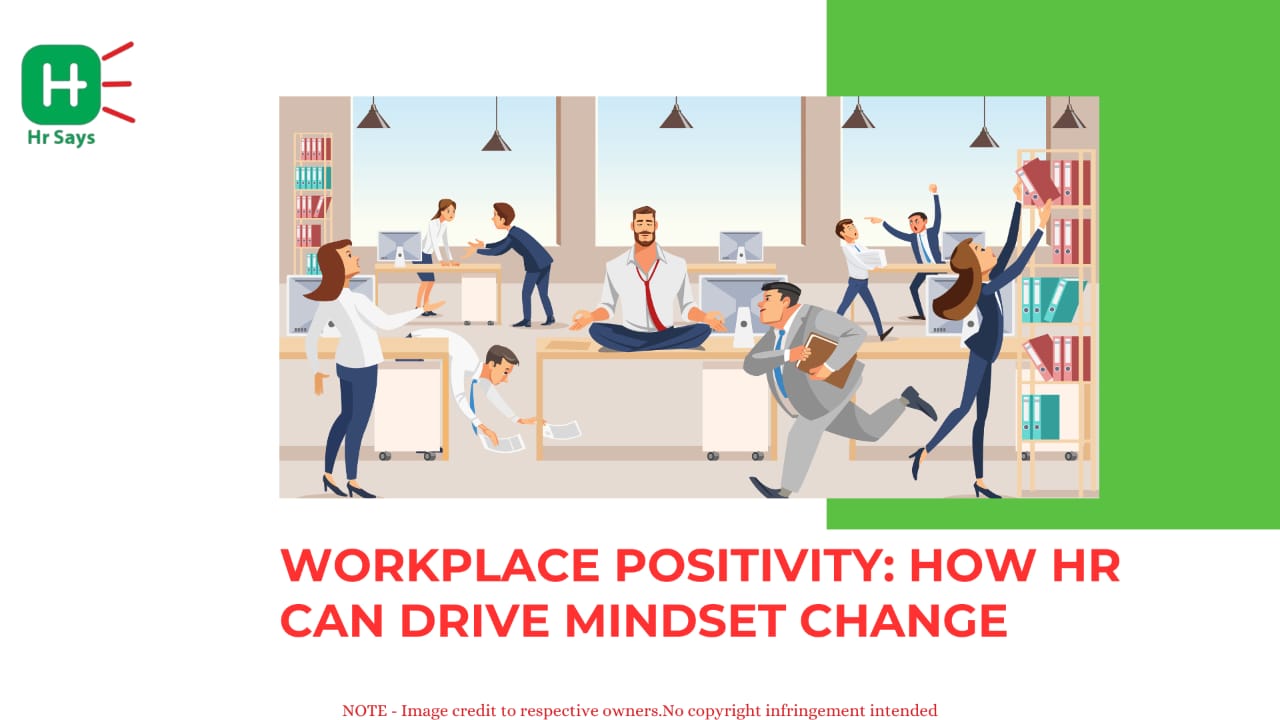


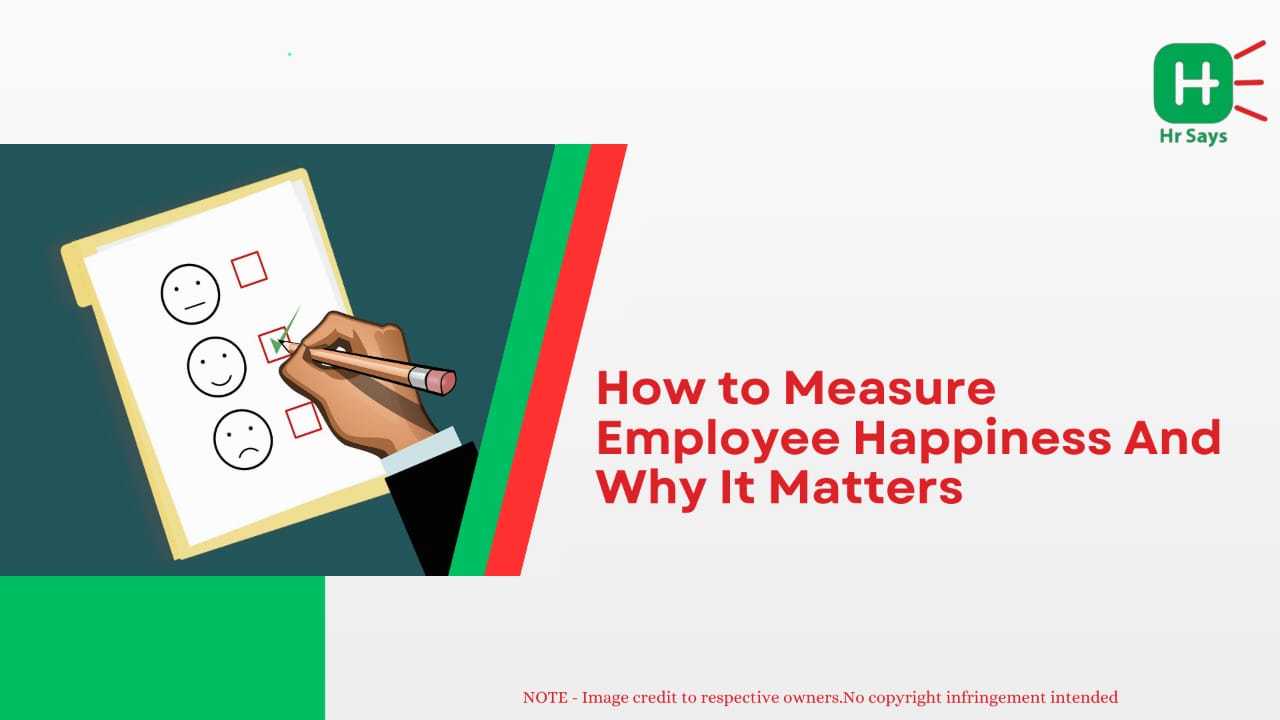

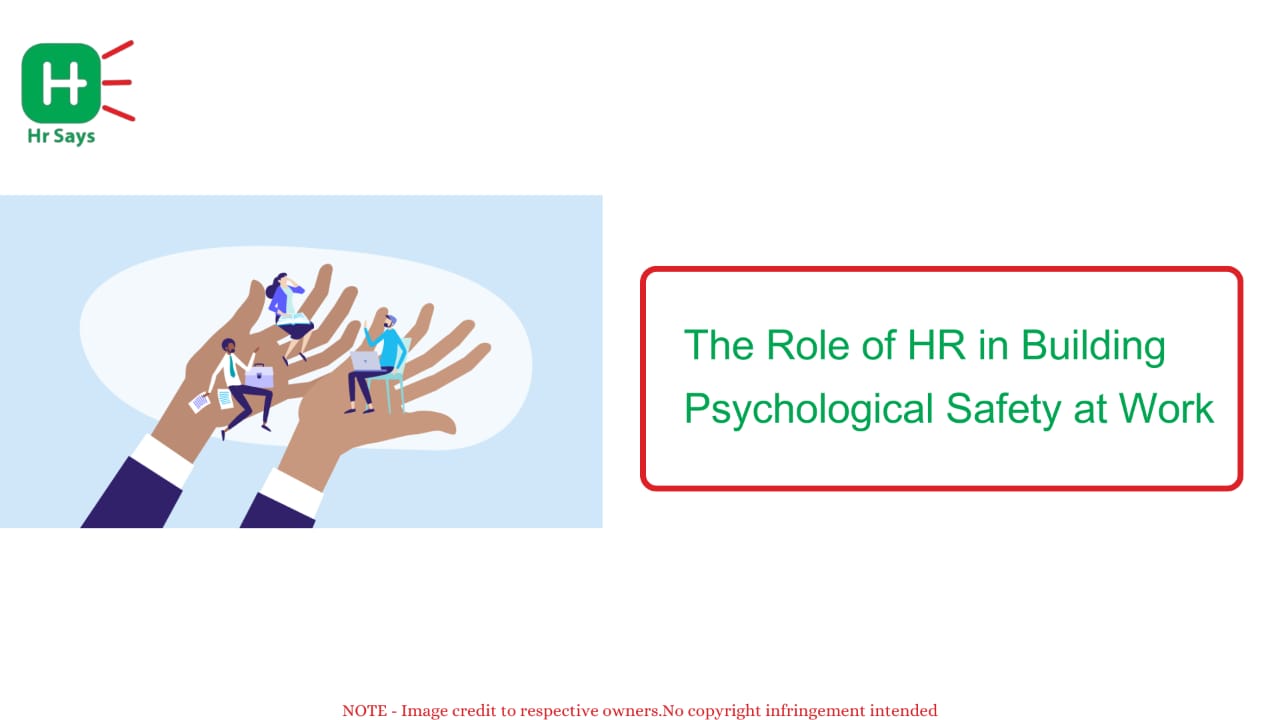

.jpg)
